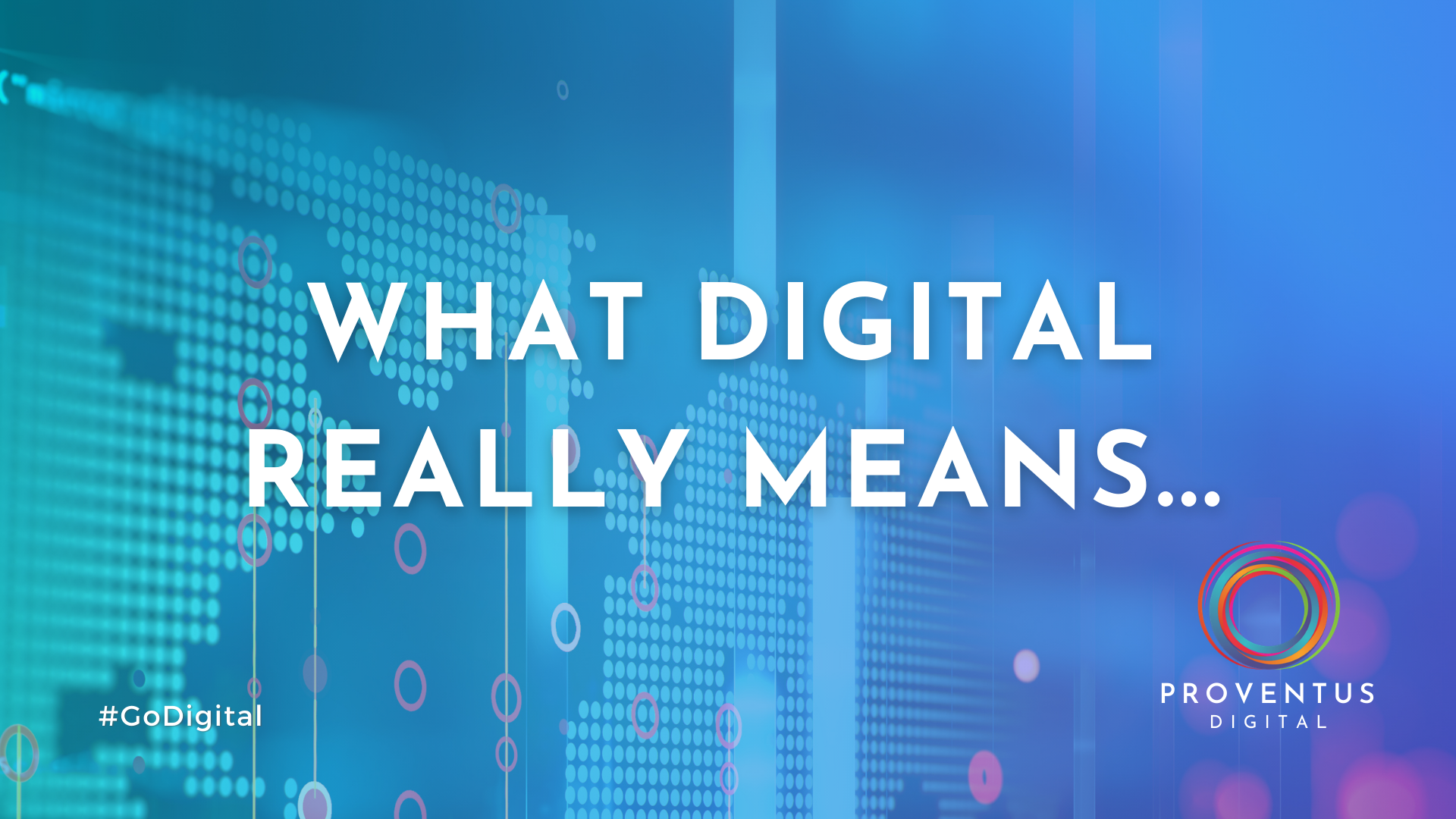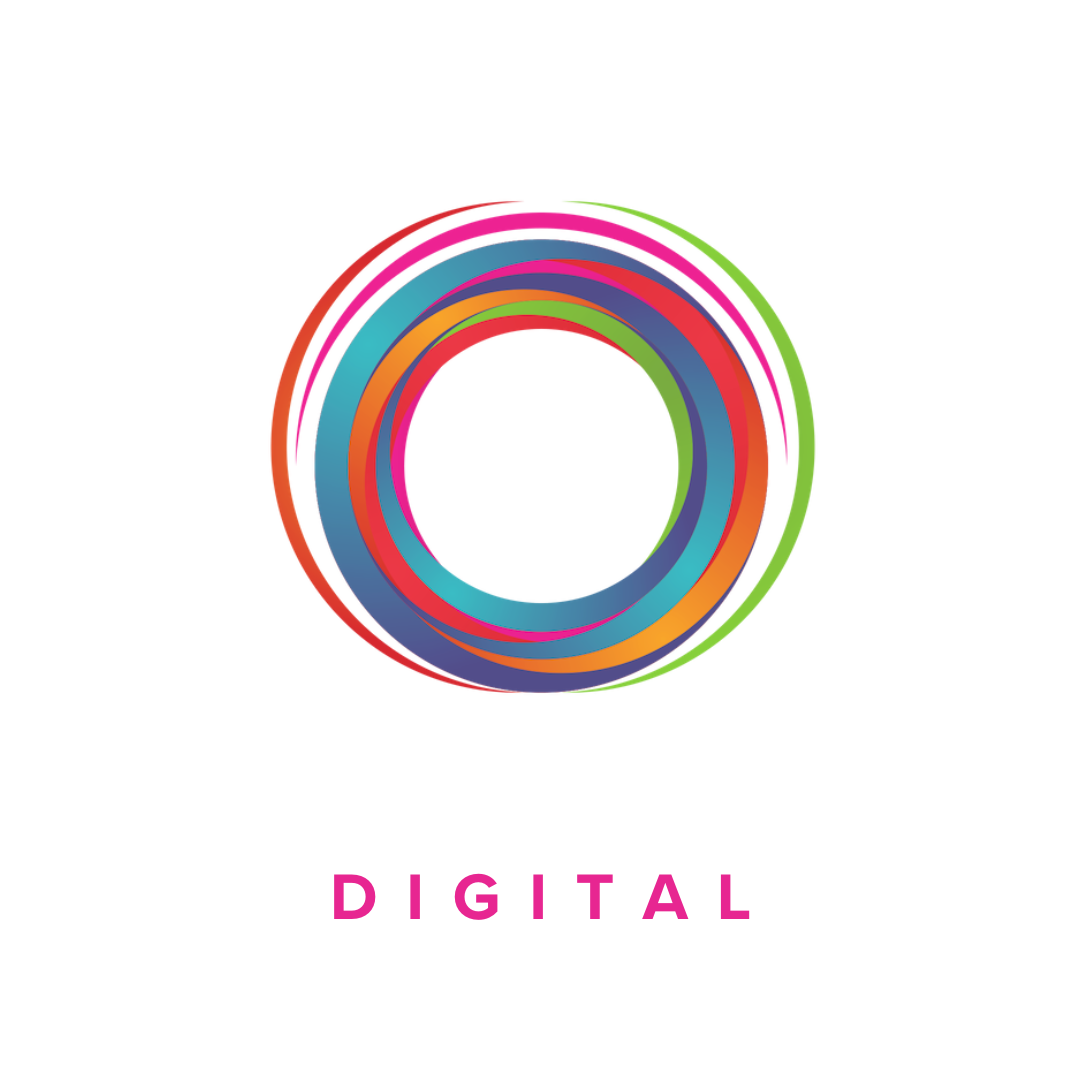What Does “Digital” Really Mean For Your Business?
Companies today are rushing ahead to become more digital. But what does digital really mean? In its broadest sense, digital is any piece of technology that connects people and machines with each other or with information. For a consumer facing business, it is the technology that enables your people – your sales staff, customer services teams and marketing departments – to connect more fully with current and future customers.

What Does “Digital” Really Mean For Your Business?
For some executives, it’s about technology. For others, digital is a new way of engaging with customers. And for others still, it represents an entirely new way of doing business. None of these definitions is necessarily incorrect. But such diverse vision often trips up a headship because they reflect a lack of alignment and a common vision about where the business is heading. This often results in piecemeal initiatives or misguided efforts that lead to missed opportunities, sluggish performance, or false starts.
Even as CEOs barge with their digital agendas, it’s worth pausing to clarify vocabulary and sharpen language. Business leaders must have a transparent and customary understanding of exactly what digital means to them and, as a result, what it means to their business (for a deeper understanding, check out how companies can develop meaningful digital strategies and drive business performance).
It’s tempting to search for easy definitions but to be meaningful and sustainable, we believe that digital should be seen less as a thing and more as how of doing things. To make this definition more concrete, we’ve broken it down into three attributes: creating value at the new frontiers of the business world, creating value within the processes that execute a vision of customer experiences, and building foundational capabilities that support the whole structure.
Creating value at new frontiers
Being digital requires being open to reexamining your entire way of doing business and understanding where the new frontiers of value are. For some companies, capturing new frontiers may be about developing entirely new businesses in adjacent categories; for others, it may be about identifying and going after new value pools in existing sectors.
Unlocking value from emerging growth sectors requires a commitment to understanding the implications of developments in the marketplace and evaluating how they may present opportunities or threats. The Internet of Things, for example, is starting to open opportunities for disrupters to use unprecedented levels of data precision to identify flaws in existing value chains. In the automotive industry, cars connected to the outside world have expanded the frontiers for self-navigation and in-car entertainment. In the logistics industry, the use of sensors, big data, and analytics has enabled companies to improve the efficiency of their supply-chain operations.
At the same time, being digital means being closely attuned to how customer decision journeys are evolving in the broadest sense. That means understanding how customer behaviours and expectations are developing inside and outside your business, as well as outside your sector, which is crucial to getting ahead of trends that can deliver or destroy value.
Creating value in core businesses
Digital’s next element is rethinking how to use new capabilities to improve how customers are served. This is grounded in an obsession with understanding each step of a customer’s purchasing journey—regardless of channel—and thinking about how digital capabilities can design and deliver the best possible experience, across all parts of the business. For example, the supply chain is critical to developing flexibility, efficiency, and speed to deliver the right product efficiently in a way the customer wants. By the same token, data and metrics can focus on delivering insights about customers that in turn drive marketing and sales decisions.
Critically, digital isn’t about just working to deliver a one-off customer journey. It’s about implementing a cyclical dynamic where processes and capabilities are constantly evolving based on inputs from the customer, fostering ongoing product or service loyalty. Making this happen requires an interconnected set of four core capabilities:
Proactive decision-making. Relevance is the currency of the digital age. This requires making decisions, based on intelligence, that deliver content and experiences that are personalised and relevant to the customer. Remembering customer preferences is a basic example of this capability but it also extends to personalising and optimising the next step in the customer’s journey. Data providers such as ClickFox, for example, blend data from multiple channels into one view of what customers are doing and what happens as a result. In the back office, analytics and intelligence provide near-real-time insights into customer needs and behaviours that then determine the types of messages and offers to deliver to the customer.
Contextual interactivity. This means analysing how a consumer is interacting with a brand and modifying those interactions to improve the customer experience. For example, the content and experience may adapt as a customer shifts from a mobile phone to a laptop or from evaluating a brand to making a purchasing decision. The rising number of customer interactions generates a stream of intelligence that allows brands to make better decisions about what their customers want. And the rapid rise of wearable technology and the Internet of Things represents the latest wave of touchpoints that will enable companies to blend digital and physical experiences even more.
Real-time automation. To support this cyclical give-and-take dynamic with customers, and help them complete a task, now requires extensive automation. Automation of customer interactions can boost the number of self-service options that help resolve problems quickly, personalised communications to be more relevant, and deliver consistent customer journeys no matter the channel, time, or device. Automating the supply chain and core business processes can drive down costs, but it’s also crucial to providing companies with more flexibility to respond to and anticipate customer demand.
Journey-focused innovation. Serving customers well gives companies permission to be innovative in how they interact with and sell to them. That may include, for example, expanding existing customer journeys into new businesses and services that extend the relationship with the customer, ideally to the benefit of both parties. These innovations in turn fuel more interactions, create more information and increase the value of the customer-brand relationship.
Building foundational digital capabilities
The final element of our definition of digital is the technological and organisational processes that allow an enterprise to be agile and fast. This foundation is made up of two elements:
Mind-sets. Being digital is about using data to make better and faster decisions, devolving decision-making to smaller teams, and developing much more iterative and rapid ways of doing things. Thinking in this way shouldn’t be limited to just a handful of functions. It should incorporate a broad swath of how companies operate, including creatively partnering with external companies to extend necessary capabilities. A digital mindset institutionalises cross-functional collaboration, flattens hierarchies, and builds environments to encourage the generation of new ideas. Incentives and metrics are developed to support such decision-making agility.
System and data architecture. Digital within the context of it's focused on creating a two-part environment that decouples legacy systems—which support critical functions and run at a slower pace—from people who support fast-moving, often customer-facing interactions. A key feature of digitised it's the commitment to putting together networks that connect devices, objects, and other people. This approach is embodied during a continuous-delivery model where cross-functional IT teams automate systems and optimise processes to be ready to release and iterate on software quickly.
Digital is about unlocking growth now. How companies might interpret or act thereon definition will vary but having a transparent understanding of what digital means allows business leaders to develop a shared vision of how it is often wont to capture value.
News & Updates
More from our Blog




